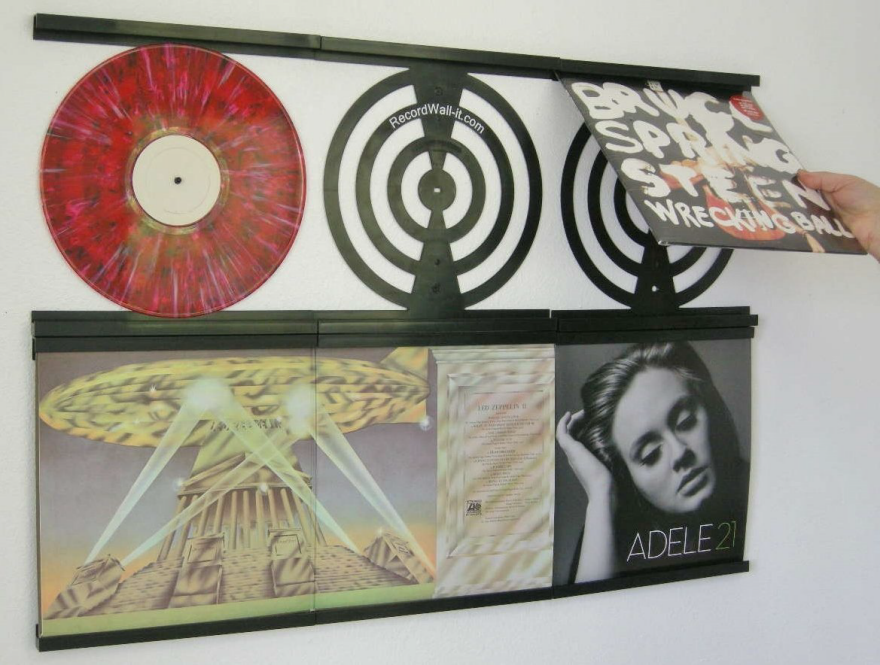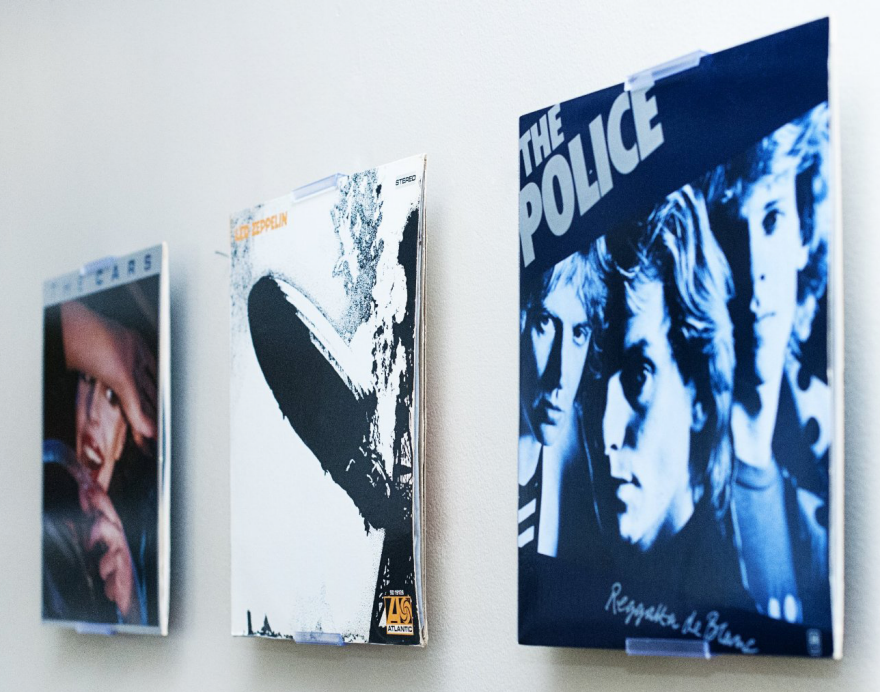When the Armadillo Credenza first landed in our inboxes, quite frankly we didn't know what to do with it. Built from reclaimed steel and glass—with a whopping 60 steel arms, 78 bolts, and a dozen casters—the massive, 500-pound furnishing boasts an unapologetically industrial aesthetic that is either hopelessly clunky or kind of charming, depending on your point of view. The epic accompanying video (below) just made us want to learn more.
The colossal credenza is the work of the Italian-born, Manhattan-based Enrico Marone Cinzano, known for unnatural works inspired—somewhat unexpectedly—by nature itself. In the case of the Armadillo Credenza, the piece draws inspiration from its namesake’s collapsible armor, as well as from the mechanisms used in retractable toolsheds found in the industrial parks around where Cinzano was raised in Turin, Italy. Using steel pantograph arms, those buildings open and close to protect various materials from being exposed to the elements. “I found them very beautiful in their complexity, and the utilitarian aspect made them very real,” Cinzano says. “This combination, and the fact that they could use recycled parts, made me want to make something of them, hence the expandable credenza.”
While working closely with a pair of Turin metalworkers on other projects, the designer saw that once the toolsheds’ mechanics were updated, their original pantograph parts were typically discarded and lay unused on the floor of the shop. “I found it a shame to just let them sit there and asked if we could, with some modifications, use [the parts],” Cinzano says. “At first, they were reluctant because they could not see the end product, but once I discussed my vision for them they completely got it and we started production.”
![]()
![]()
As with all of Cinzano’s pieces, the credenza is manufactured locally (in this case, in Turin) using reclaimed materials. Cinzano sourced the glass from another local manufacturer, who makes particularly large sheets that occasionally are damaged in production or have slight imperfections. Looking to the retracting toolshed for inspiration once more, Cinzano prototyped large steel frames with glass walls that were scaled to fit the existing armature of the leftover parts. These boxes were then attached to the recovered pantograph pieces, allowing for expansion and contraction. “The credenza is, in some ways, a prototype of a building that comes in one size but then expands to become bigger whilst also retaining its purpose,” Cinzano says.
![]()
Double glass walls inside the credenza along with two levels of internal surfaces dictate where a user can place objects so as to not have them compromised—or crushed—as the furnishing transforms in size, from 51 inches at its smallest to 106 inches when fully expanded. Central shelves make up the highest position, while external ones slide underneath—meaning that a vase placed in the center of the credenza would be entirely unscathed, while anything placed to the left or the right would be knocked over as the furniture unfolds and contracts. Doors operating on eight hinges allow for access to anything within, and the wheels make what might otherwise be a fairly unwieldy piece easy to move.
As for how he arrived at the actual shape and form of the piece, Cinzano describes that as a mostly subconscious process: “Let us say I just have a vision of what can be done with all of it.” Not formally trained in design, Cinzano sees his approach as likely counterintuitive to how most designers work. “I use nature as my guiding force in everything, which can include operating a closed-loop utilization of materials, biomimicry, naturally occurring patters like the Fibonacci sequence, proportions dictated by the golden ratio and so forth,” he says. “Add to the mix the fact that I need to make a functional and purposeful product and, to a certain extent, the process is on an autopilot of sorts—and I absolutely love that.”
While the Armadillo Credenza is currently one of a kind (price available upon request), Cinzano hopes to expand further on the product and use the same concept for new, even more ambitious designs. “I am fascinated by the complexity and aesthetics, not to mention the industrial feel of this unique console,” he says. “In honesty, I am working on applying the same concept on a small home that can expand.” If this potential Armadillo House becomes a reality, we’ll be sure to let you know.
![]()
 After being strapped in, the intern had second thoughts, but no one could hear his screams
After being strapped in, the intern had second thoughts, but no one could hear his screams

















































































